The Impact of Expansionary Monetary Policy on the Economic Environment during and after an Epidemic Era: Analysis of Effects and Implications
DOI: 10.23977/ferm.2024.070106 | Downloads: 51 | Views: 1540
Author(s)
PANG Ho Lam Alex 1
Affiliation(s)
1 School of Finance, Shanghai University of Finance and Economics, Shanghai, China
Corresponding Author
PANG Ho Lam AlexABSTRACT
This article delves into the far-reaching implications of the COVID-19 pandemic on the global economy and trade, along with the subsequent adoption of expansionary monetary policies by central banks across the world. The pandemic has unleashed a wave of economic downturns worldwide, compelling central banks to consistently reduce interest rates and implement exceedingly accommodating monetary measures to alleviate its profound impact. However, these policies are not without their own set of uncertainties and risks. Heightened apprehensions regarding inflation and income inequality have emerged as significant concerns accompanying the pursuit of ultra-loose monetary policies. As the global community grapples with the multifaceted ramifications of the pandemic, policymakers face the challenging task of striking a delicate balance between stimulating economic recovery and addressing the potential repercussions of prolonged loose monetary conditions. It is crucial to consider these complex dynamics and devise prudent strategies to navigate this uncharted territory effectively.
KEYWORDS
COVID-19 pandemic, global economy, trade, central banks, expansionary monetary policy, economic recession, interest rate cuts, ultra-loose policies, uncertainty, risks, inflation, income inequalityCITE THIS PAPER
PANG Ho Lam Alex, The Impact of Expansionary Monetary Policy on the Economic Environment during and after an Epidemic Era: Analysis of Effects and Implications. Financial Engineering and Risk Management (2024) Vol. 7: 32-39. DOI: http://dx.doi.org/10.23977/ferm.2024.070106.
REFERENCES
[1] Kydland, F. E., & Prescott, E. C. (1977). Rules rather than discretion: The inconsistency of optimal plans. Journal of political economy, 85(3), 473-491.
[2] Barro, R. J. (1976). Rational expectations and the role of monetary policy. Journal of Monetary economics, 2(1), 1-32.
[3] Barro, R. J., & Gordon, D. B. (1983). A positive theory of monetary policy in a natural rate model. Journal of political economy, 91(4), 589-610.
[4] Clarida, R., Galı, J., & Gertler, M. (1998). Monetary policy rules in practice: Some international evidence. European economic review, 42(6), 1033-1067.
[5] Clarida, R., Gali, J., & Gertler, M. (1999). The science of monetary policy: a new Keynesian perspective. Journal of economic literature, 37(4), 1661-1707.
| Downloads: | 38694 |
|---|---|
| Visits: | 1010383 |
Sponsors, Associates, and Links
-
Information Systems and Economics
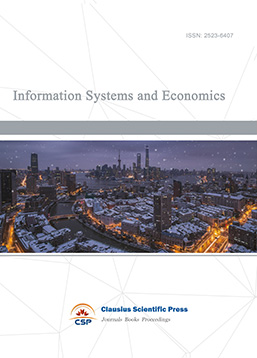
-
Accounting, Auditing and Finance
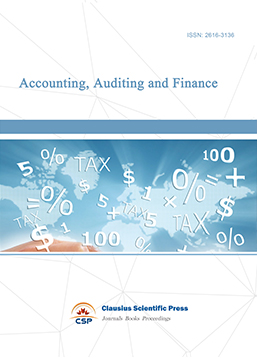
-
Industrial Engineering and Innovation Management

-
Tourism Management and Technology Economy
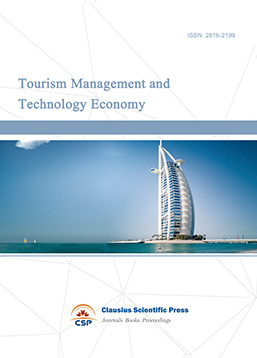
-
Journal of Computational and Financial Econometrics
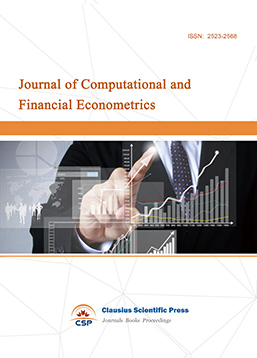
-
Accounting and Corporate Management
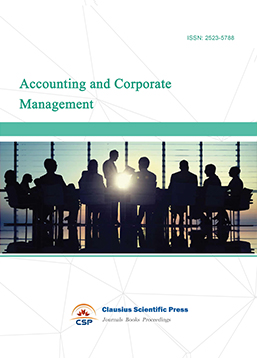
-
Social Security and Administration Management
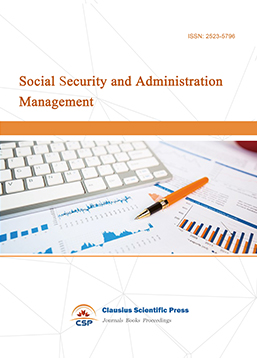
-
Population, Resources & Environmental Economics
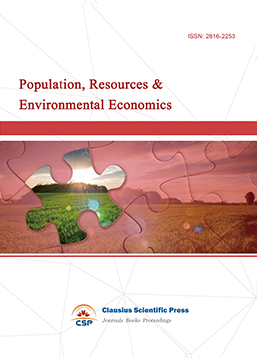
-
Statistics & Quantitative Economics
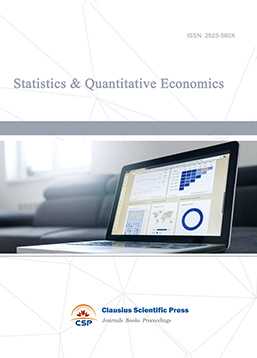
-
Agricultural & Forestry Economics and Management
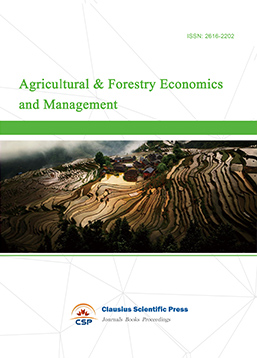
-
Social Medicine and Health Management

-
Land Resource Management

-
Information, Library and Archival Science
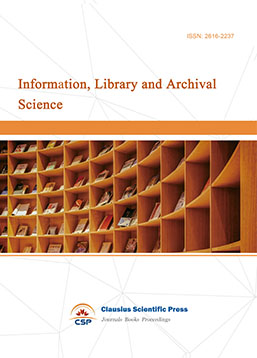
-
Journal of Human Resource Development
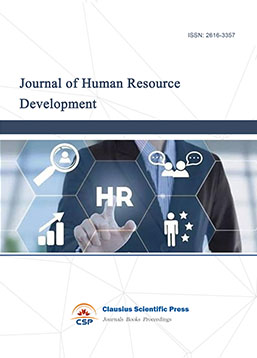
-
Manufacturing and Service Operations Management

-
Operational Research and Cybernetics
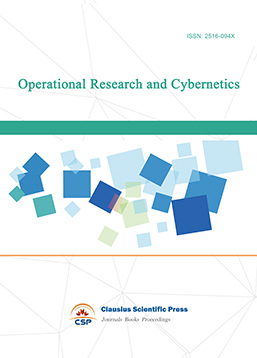

 Download as PDF
Download as PDF